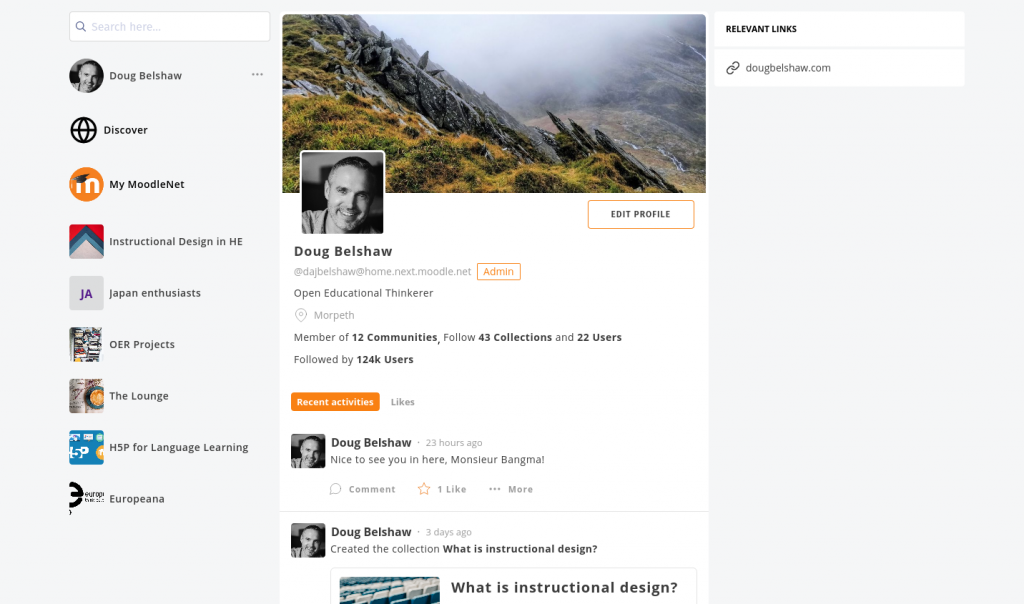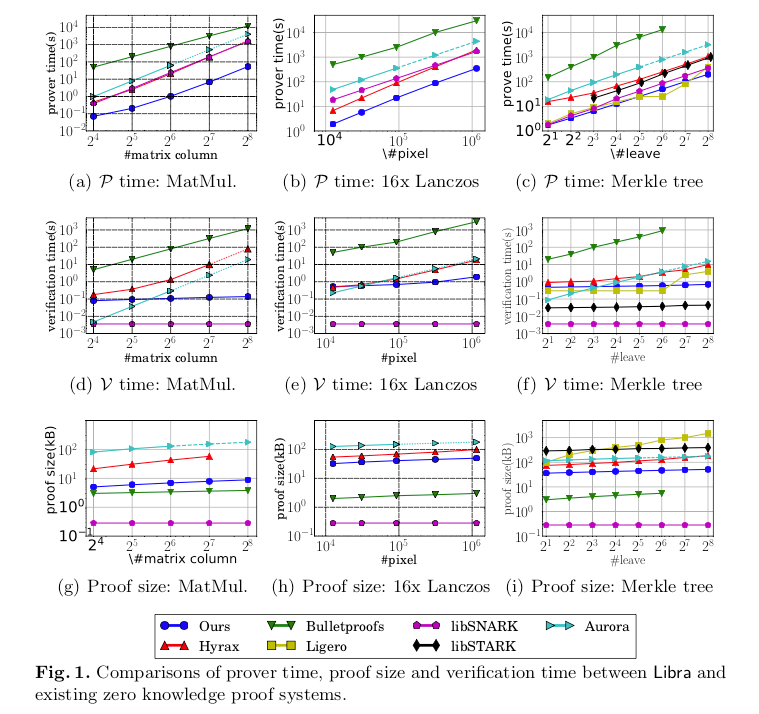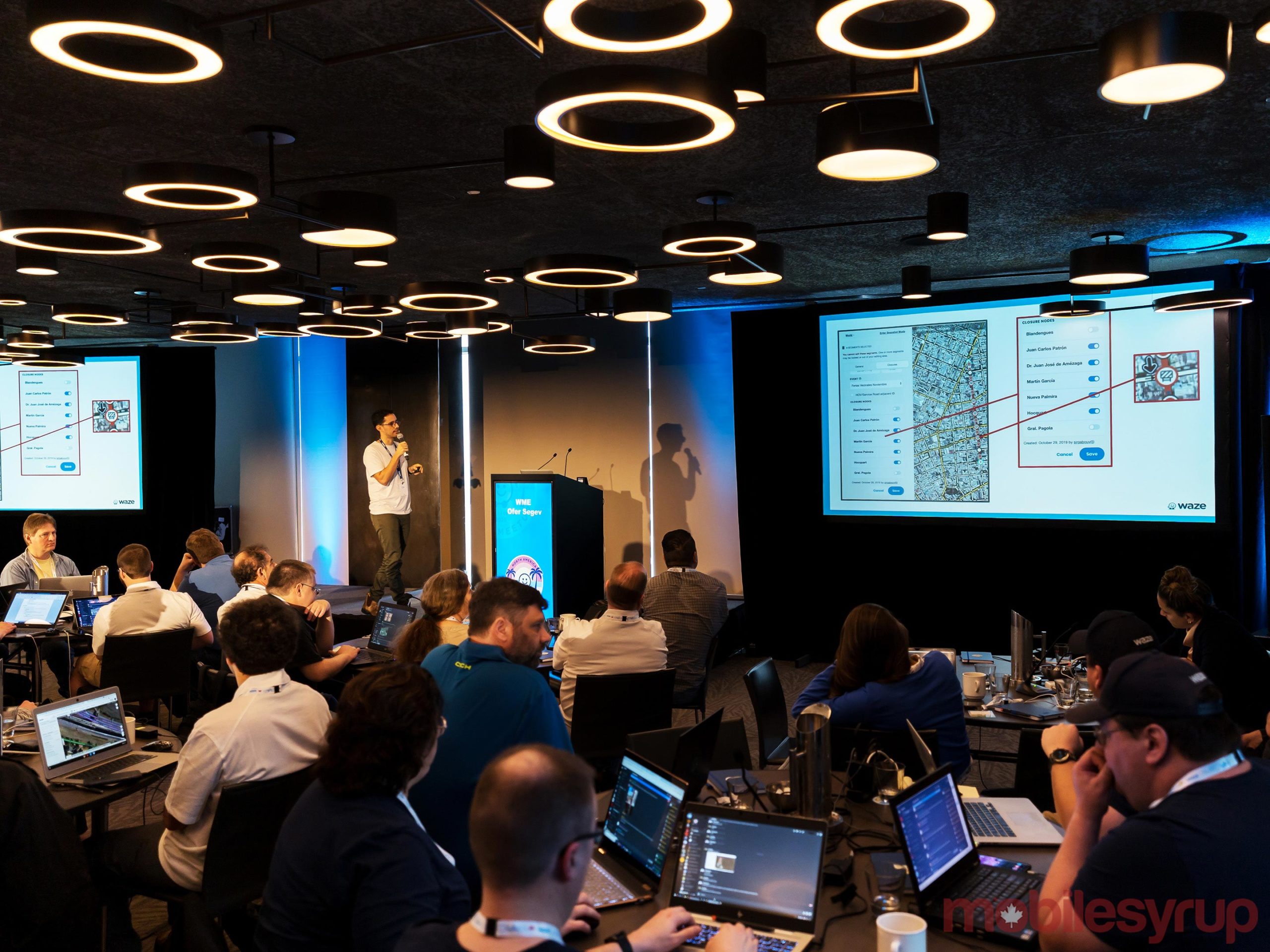During the Cold War, the Stasi perfected
techniques of psychological warfare known as Zersetzung, sometimes translated as ‘disintegration’. Targeted at individuals and dissident groups, it involved “a systematic degradation of reputation, image, and prestige on the basis of true, verifiable and discrediting information together with untrue, credible, irrefutable, and thus also discrediting information; a systematic engineering of social and professional failures to undermine the self-confidence of individuals; ... engendering of doubts regarding future prospects; engendering of mistrust and mutual suspicion within groups …”.
I’m extremely wary of invoking comparisons between Brexit and totalitarianism, because they almost invariably exaggerate what is happening with Brexit, whilst insultingly and irresponsibly downplaying the horrors of totalitarianism. Even so, it’s not entirely fanciful to draw at least metaphorical parallels between
Zersetzung and the
gaslighting which
characterises the government’s approach to Brexit. In particular, there is a comparison in the way that it is becoming almost impossible to separate out what is true from what is false, what is intended from what is accidental, what is incompetent from what is malevolent.
The Irish Sea borderTake
the remarks made last Friday by the new Northern Ireland Secretary, Brandon Lewis, saying that there will be no Irish Sea border, despite the fact that this is precisely what
the government signed up to in the Withdrawal Agreement.
There are multiple ways of interpreting what Lewis said. Perhaps he is simply ignorant of the facts. That isn’t altogether unbelievable. Yet he claimed to be saying what the government’s policy is, and, indeed, he is saying exactly
what Boris Johnson has said. Perhaps he, and Johnson, are lying. That too, doesn’t exactly strain credulity. Yet, if so, to what end? If they are taken at their word, then how can preparations be made for the arrangements which need to be in place in just ten months’ time. As
Jess Sergeant of the Institute for Government writes, “until the prime minister acknowledges the extent – or even the existence – of new checks, this work cannot begin in earnest”.
Or perhaps Lewis was engaging in the kind of linguistic sleight of hand
referred to in my previous post, and was glossing over the truth that there will be a border for goods by reference to the fact that there will be no border for people, which is also true? Perhaps he was trying to assuage unionist sentiment in Northern Ireland? Perhaps he was trying to pander to Brexiters in his own party and the country? Perhaps he actually means that the government are going to renege on the Withdrawal Agreement?
No one really knows, and that matters not least because of its impact on negotiations with the EU. There, there is growing alarm not so much because of Brandon Lewis’s comments but because of Boris Johnson’s, for they betoken
sharply divergent understandings of what the Northern Ireland Protocol in the Withdrawal Agreement means. That in turn calls into question the possibility of achieving a deal on future trade and other terms, and at the very least erodes trust in those negotiations, making it more likely that the EU will want watertight guarantees on everything. It also, of course, has profound potential consequences for the people of Northern Ireland.
Again, there’s no way of knowing what Johnson is really up to. Perhaps he wants to collapse the talks and never had any intention of honouring the
Northern Ireland Protocol. For what it is worth I think the truth is more prosaic. It seems more likely to me that Johnson, with his usual arrogance, ambition, and sloppiness simply had no real idea what he was agreeing to and didn’t care. His MPs, including the ERG, and indeed some Labour MPs, just voted it through (I am referring to
the pre-election vote on Johnson’s revised Withdrawal Agreement) without paying much attention to what it meant and very possibly without even reading it, and, then, when it came to the election, he proclaimed that he had an ‘oven ready deal’.
The Level Playing FieldExactly the same thing seems to have happened with the Level Playing Field (LPF) conditions. Having agreed to these at least as the intended direction of travel in
the Political Declaration (PD, paragraph 77 on p.14-15 of the link), there is now a concerted attempt to disown them. This
began earlier this year and was most recently and forcefully
articulated by David Frost in a speech in Brussels last Monday.
Frost, the government’s lead negotiator for the talks with the EU, argued that the UK wants a Canada-style trade deal, and bemoaned the fact that the EU had supposedly previously offered this but was now “experiencing some doubts” (implying the requirement of substantial LPF conditions). These conditions, he argued, would mean that Britain was not an independent country and that to comply with them would negate the very purpose of Brexit and threaten a crisis of democracy.
Again, there are multiple possible interpretations of this. It could, despite his denials that this was so, be some kind of negotiating ploy (if so, it just
makes the UK look untrustworthy). It could be a message to the Brexiters that Frost is ‘one of them’, and notably he spent much time burnishing his Eurosceptic credentials, thus hoping to avoid
the fate of his predecessor Olly Robbins (good luck with that, as the Ultras will turn on him if he does any kind of deal).
It could have been an attempt to get the EU to understand the constraints of UK politics (in which case, think again – the days when the EU was willing to bend over backwards to accommodate those is long gone). It could mean that the government is now determined to leave without a trade deal, or one of the most minimal sort. It could be that the government didn’t understand what it had signed up to. Or it could mean that the government honestly believes that a good deal can be done without agreeing to LPF.
The substance of Frost’s argument was nugatory. It rests on a
wholly naïve notion of what ‘independence’ means, namely freedom from any form of regulation that does not derive solely from UK law. But all sorts of international agreements, including trade agreements, involve
some form of dilution of independence in this very crude sense. Many sorts of regulation, including ‘WTO rules’, involve adherence to decisions made on a transnational basis. Individual countries can influence them, but they can’t fully control them. For that matter, the EU itself often adopts rules set by other bodies,
for example as regards automotive standards, and the UK is very likely to do the same.
With Brexit, Britain has chosen to lose all influence as regards EU rules. But it can certainly exert ‘independence’ in the sense Frost means simply by not agreeing substantially to the EU’s terms for a future deal – if it’s willing to accept the consequences, economically and politically. Independence, for countries as for individuals, is not just about the freedom to make your own choices, but also taking responsibility for what those choices mean. To be fair to Frost, he seemed to accept that, although only by dismissing (without evidence) almost all the economic forecasts, including those of the government itself, so as to conclude that these consequences will be largely benign.
The war of the slidesFrost’s position was echoed later in the week by
the bizarre ‘war of the slides’ (£) which began when the Prime Minister’s press office released
a rather whiny tweet showing the Barnier staircase with its indication that a Canada deal was an option for the UK, consistent with the latter’s red lines. Apart from being slightly embarrassing (as if, rather than roaring, the British Lion was grizzling because he’d been promised a trip to the circus), everything about this showed what Peter Foster, Europe Editor of the
Daily Telegraph,
called “brazen disingenuousness”.
Why? (This list overlaps with but isn’t the same as Foster’s reasons). Because from the outset the EU position has been that
LPF provisions would be necessary by virtue of the size, proximity and interconnectedness of the UK and EU economies (a point underlined by
its own contribution to the war of the slides). Because, again, this was what Johnson agreed to in the Political Declaration. Because what has changed is that the UK has now introduced a new red line, in addition to those which Theresa May had set and which were incorporated into the staircase. And because Brexiters have for years been saying that
they wanted a Canada +++ or Super-Canada deal, and in that sense had always wanted more than to be treated ‘just like Canada’, but either did not understand or concealed the implications of that.
Once again, multiple interpretations are possible. Does the government think that this stance will make the EU suddenly drop LPF? If so, that is not just an absurd hope but also has had the opposite effect by making the EU
even more suspicious of Johnson’s mendacity. Is it that the government genuinely still fails to understand what Brexit means, and what it has signed up to in the Political Declaration? Is it a domestic signal to Brexiters, in preparation for quietly accepting EU demands? Or Is it preparation for leaving without a deal and noisily setting the EU up to take the blame?
If it is the latter (what I have been calling
no deal 2.0, because it is different to no Withdrawal Agreement and, also, refers to more than trade but, alas, it hasn’t caught on) then the real democratic crisis is this. It would not be remotely what was promised during the Referendum (nor, for that matter,
would a bare-bones or even Canada-style deal). And it would certainly not be what was promised at the general election. For that was fought on the basis of what Johnson had agreed with the EU, including the Northern Ireland Protocol in the Withdrawal Agreement and including LPF in the Political Declaration.
It’s true that the Political Declaration is not legally binding with respect to the EU, but it is part of the basis on which Johnson was elected in the UK. This was part of the ‘oven ready deal’ he offered. Going back on what was agreed may
also face legal hurdles in the UK, although these probably aren’t insuperable given the size of Johnson’s majority. At all events doing so would do massive damage to Britain’s international credibility, just as it was seeking to make new deals with other countries. However, it certainly can’t be assumed that no deal 2.0 is now inevitable, and the respected trade expert
Dmitry Grozoubinski has outlined the space in which a deal could, in principle, occur.
What’s going on?The truth is that no one actually knows what Johnson’s government is planning, or even if it has a plan. At every new development, whichever direction it takes, there are always some who confidently say that ‘this was the plan all along’. Some are as certain that Brexit is a well worked out neo-liberal plot as others are that the EU and remainers are part of a nefarious neo-liberal conspiracy. Some rush breathlessly from their latest ‘insider’ (aka PR) briefing to announce with X% confidence what the latest central scenario is, whilst others ‘have a friend’ who is very high up and has revealed all but of course the ‘mainstream media’ won’t report it. Some are convinced that the hardest of Brexits is inevitable, others equally sure that Brexit in name only (BRINO) is the only possible outcome.
Having now alienated probably half of the readers of this blog, I’ll see if I can do the same for the other half. I certainly have no more idea than anyone else as to what will happen. But in terms of the underlying process, my thoughts for what they’re worth are these. On the one hand, what we are witnessing is to a degree intentional. It’s now a cliché to talk about ‘the alt-right playbook’ and its connections with the kind of psychological warfare techniques with which I began this post. But it doesn’t need any great conspiracy theory or felt-penned sociograms to see how these techniques have spread or indeed to see how they have developed from more familiar approaches to media management.
The generation of constant uncertainty, the endless revisions of even very recent history, the half-truths and lies, the divisiveness and the distractions are all plain to see and they are intended to have the effect of confusing and manipulating the public. It is disturbing, destabilising, and exhausting to be exposed to it. That is partly what I meant by the comparison with
Zersetzung and why several serious analysts are
describing these developments as Orwellian. It is also the reason why, as I’ve often written on this blog, it is important to keep attempting to hold on to recorded facts and rationality as the only antidote to these dangerous and shameless tactics.
But, on the other hand, if the implication is that these tactics are being used to disguise the government’s ‘true agenda’ for Brexit then I am not at all convinced. It’s important not to over-estimate the competence of our leaders and their advisers, or the coherence of what they do. In particular, over the last four years what has been astounding is that almost all Brexiters have virtually no idea what they really want or how to achieve it, make constant errors about quite basic facts, and have made endless unnecessary mistakes in their attempts to deliver it. Whilst the latter are now blamed upon ‘Theresa the remainer’, it shouldn’t be forgotten that originally
she was their idol nor that she gave government roles to Brexiters like Johnson, Fox, Davis, Grayling, Patel and Truss.
Brexiters haven’t suddenly become competentSo with the
Brexiters now totally in control of government, it is as to easy to believe that they think that, say, by playing hardball in threatening no trade deal they will achieve a deal scarcely any different to EU membership as to believe that they are completely uninterested in a deal and have always wanted to leave without one. Or that they are divided amongst themselves on this and everything else and the outcome will depend upon which view wins out. Or that the outcome will be entirely accidental, born of complete incompetence.
That could arise if, for example, having agreed to something he did not bother to understand, Johnson now mulishly doubles down on his mistakes. At all events, Brexiters do not suddenly become competent or well-informed just because they have red boxes to open, as David Davis’s career attests. They may be inflicting a swirl of confusions, lies, half-truths and disinformation upon the country, but they are also themselves lost within that same miasmic fog.
Of course, on either account the outlook for the country is not at all good. The government seems to have simply no idea what it is doing and, especially since last week’s reshuffle, to be
populated by subservient nonentities in the grip of group think. If so, there is every chance that it will unintentionally lead us to disaster. Alternatively, it knows exactly what it is doing, the cluelessness is a smokescreen, and disaster is actually the plan. It’s difficult to know which is the more alarming prospect.
From this point of view, the metaphorical comparison with
Zersetzung is not, as might be thought, so much to say that psychological warfare is being unleashed upon individuals and groups in order to effect their disintegration. Rather, with Brexit we have a country unleashing a kind of
Zersetzung upon itself.
















 I remember exactly where Ann and I were on February 22, 1980. It’s one of the most memorable days of my life. But then, most Americans remember that day: the Miracle on Ice day when the seventh-seeded 1980 U.S. Hockey Team (Team USA) met the mighty top seed legends from the USSR in that forever famous semifinals-round match. When they learned who won (or, if they were really patient and waited to see the tape-delayed broadcast of it), almost every American alive then can tell you where they were at that exact moment. In 1999, ESPN.com users voted it the
I remember exactly where Ann and I were on February 22, 1980. It’s one of the most memorable days of my life. But then, most Americans remember that day: the Miracle on Ice day when the seventh-seeded 1980 U.S. Hockey Team (Team USA) met the mighty top seed legends from the USSR in that forever famous semifinals-round match. When they learned who won (or, if they were really patient and waited to see the tape-delayed broadcast of it), almost every American alive then can tell you where they were at that exact moment. In 1999, ESPN.com users voted it the  Over the past several years we have seen different ways in which users could interact with their smartphones. We have seen squeezable frames, motion sensors and also an ability to navigate by using fingerprint sensors. Google recently launched the first preview of Android 11 and the folks at XDA-Developers have unearthed a new gesture in the code.
Over the past several years we have seen different ways in which users could interact with their smartphones. We have seen squeezable frames, motion sensors and also an ability to navigate by using fingerprint sensors. Google recently launched the first preview of Android 11 and the folks at XDA-Developers have unearthed a new gesture in the code.








